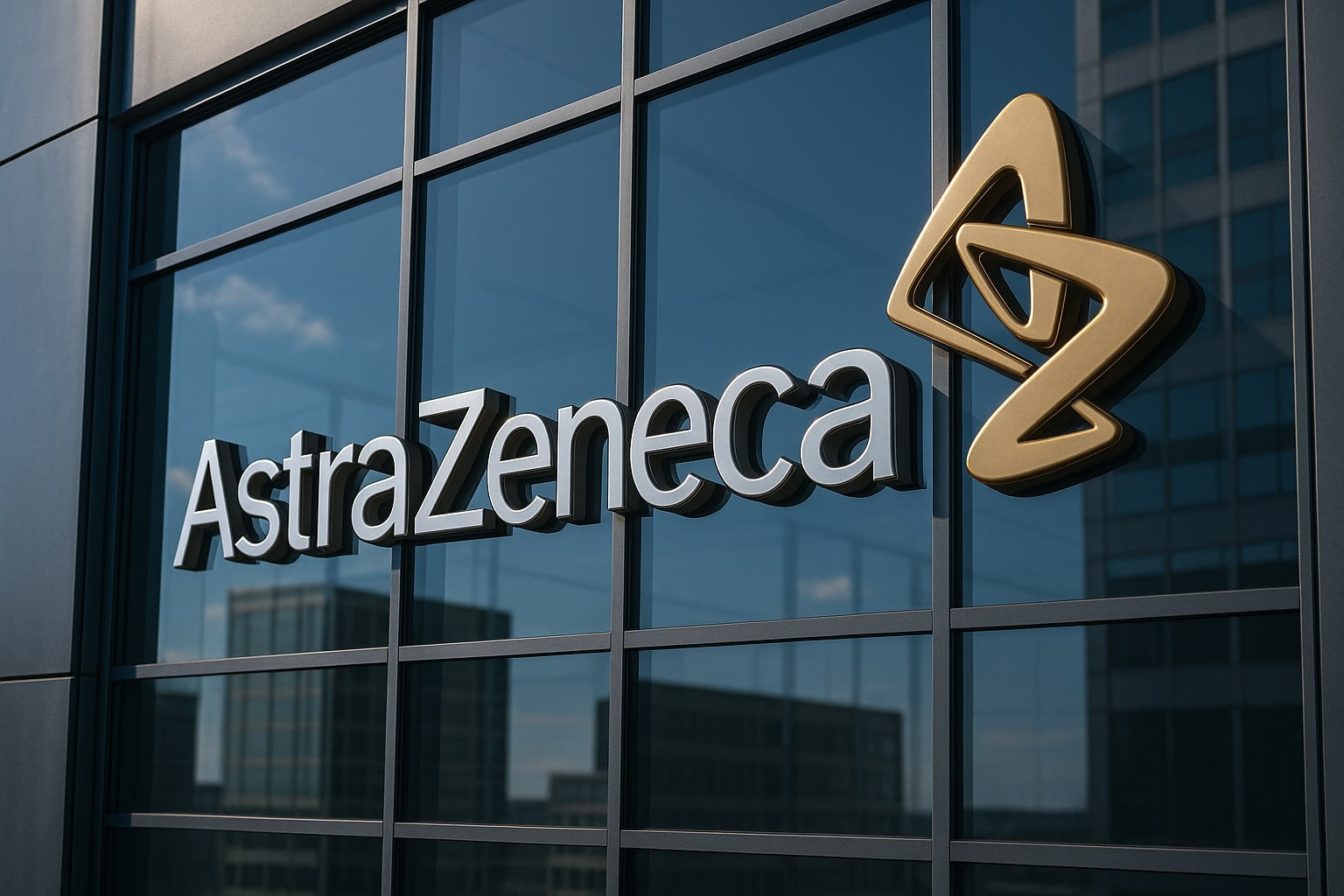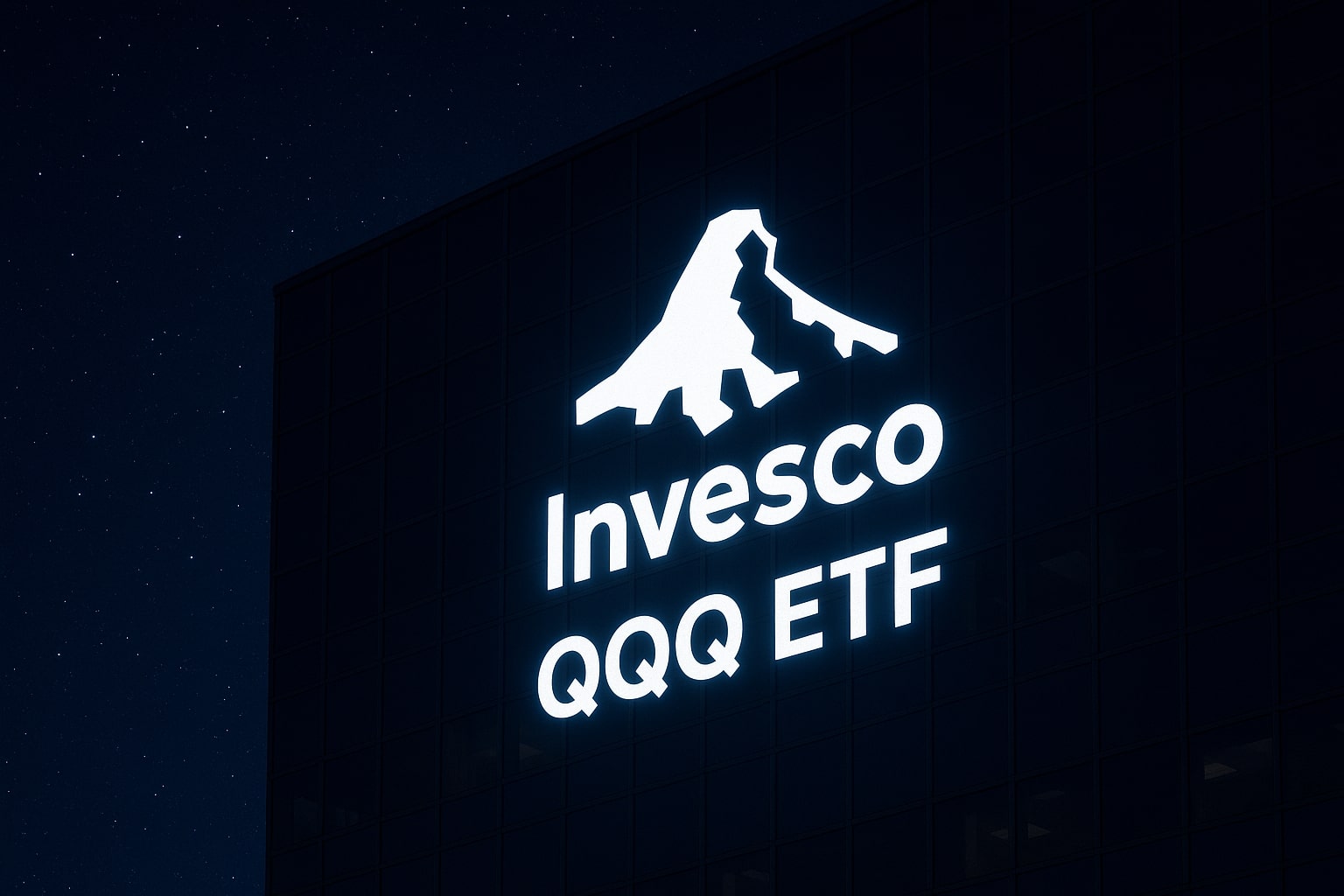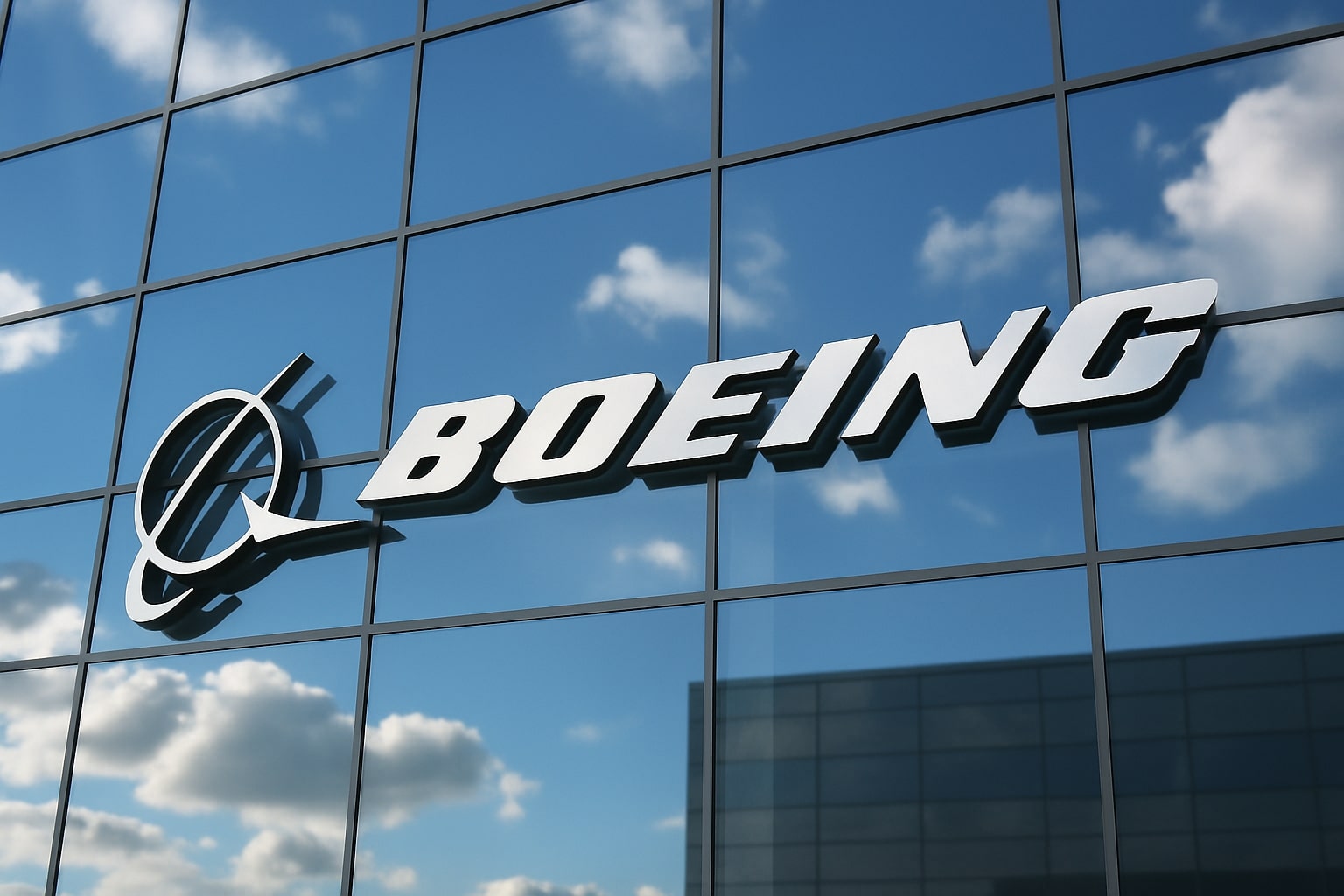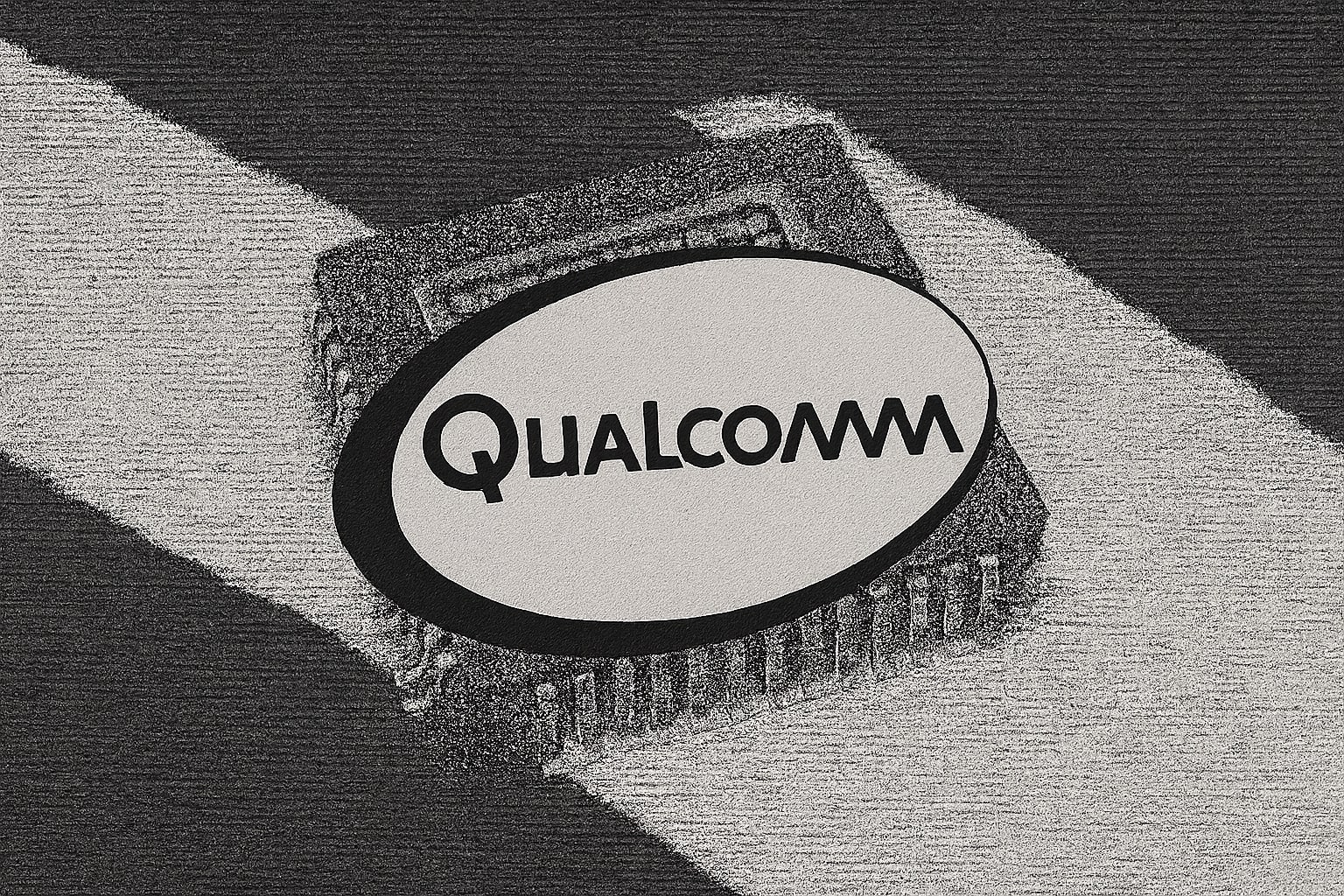
AstraZeneca Stock price Forecast - AZN at $73: Oncology and Farxiga Deliver Billions While Valuation Compresses
With Q2 revenue of $14.46B, EPS growth of 10%, and blockbusters like Tagrisso and Enhertu surging, NASDAQ:AZN faces tariff and China risks but trades at just 14.7x forward earnings—far below peers | That's TradingNEWS
NASDAQ:AZN – Share Price Reset Creates Opportunity Around $73
AstraZeneca (NASDAQ:AZN) closed at $73.53, down 2.43% on the session and nearly 11% off its 52-week high of $82.41, leaving the stock trading just above its 200-day moving average at $72.14. The valuation at these levels reflects a $230.1 billion market cap, a trailing P/E of 28.4, and a forward multiple of only 14.7, signaling a steep discount to its historical average near 31. With analysts setting a one-year target at $87.37, the upside potential sits close to 19% from current prices. Dividend investors also receive a forward yield of 2.08%, supported by a $1.57 annual payout and a 58% payout ratio, further underlining AstraZeneca’s appeal in a volatile healthcare sector.
Oncology Franchise Anchors Growth With Tagrisso, Imfinzi, and Enhertu
Oncology remains the backbone of AstraZeneca’s revenue, representing 43% of total sales. In the second quarter of 2025 alone, oncology revenue reached $6.31 billion, up 18% year-on-year. Tagrisso, the lung cancer therapy, produced $3.49 billion in H1 2025 sales, climbing 10% globally and holding its spot as one of the world’s top-selling drugs. Imfinzi, AstraZeneca’s PD-L1 antibody, delivered $2.72 billion in revenue in the first half, up 21%, with additional momentum coming from FDA approvals in bladder and gastric cancers. Meanwhile, Enhertu, the HER2-targeted antibody-drug conjugate, surged 38% year-over-year, putting it on track for projected $11.2 billion in annual sales by 2030. The oncology bench is also supported by Lynparza ($1.56 billion, +9%) and Calquence ($1.26 billion, +9%), both posting steady gains across hematology and ovarian cancer segments.
Farxiga Extends Dominance Across Cardio-Renal Markets
Cardiovascular and renal care continues to be another powerful revenue engine. Farxiga generated $4.21 billion in the first half of 2025, up 13% year-on-year, cementing itself as AstraZeneca’s leading drug by revenue. The SGLT2 inhibitor’s broad application in type 2 diabetes, chronic kidney disease, and heart failure supports sustainable mid-teens annual growth. Analysts expect Farxiga sales to top $7 billion annually by the end of the decade, giving AstraZeneca long-tail protection against patent expirations elsewhere in the portfolio.
Rare Disease Strength Balances Patent Cliffs
While Soliris revenues collapsed 24% year-on-year to $530 million in Q2 2025 due to biosimilar competition, its successor Ultomiris offset the decline with $2.23 billion in H1 sales, up 24%. This transition highlights AstraZeneca’s ability to defend rare disease franchises while extending life cycles through next-generation therapies. Respiratory treatments such as Symbicort remained stable at $1.44 billion, though down slightly by 2%, while Saphnelo offered a bright spot with 49% growth, generating over $300 million annually. The company’s move to develop a subcutaneous version of Saphnelo for lupus could expand usage in a global market with more than 3.4 million patients.
Pipeline Momentum: Baxdrostat and Tezspire Signal Multi-Billion Potential
The late-stage pipeline provides catalysts well beyond the current drug base. Baxdrostat, an aldosterone synthase inhibitor for uncontrolled hypertension, produced a placebo-adjusted blood pressure reduction of up to 9.8 mmHg in Phase III trials, far outpacing competitors. AstraZeneca projects peak sales above $5 billion once regulatory approvals are secured. Meanwhile, the EMA’s CHMP recently recommended Tezspire for chronic rhinosinusitis with nasal polyps, reinforcing AstraZeneca’s respiratory presence. At the same time, the FDA granted Priority Review to Imfinzi in early-stage gastric cancers, with a decision expected in December 2025. Overall, AstraZeneca expects to launch at least 20 new molecular entities by 2030, targeting $80 billion in revenue, which implies a 6.8% CAGR from 2024 levels.
Read More
-
QQQ ETF at $614 After a 123% Surge: AI, Rates and 2026 Targets In One Trade
12.12.2025 · TradingNEWS ArchiveStocks
-
XRP ETF Surge: XRPI $11.71 and XRPR $16.55 Track XRP’s $2 Floor and $1B Inflows
12.12.2025 · TradingNEWS ArchiveCrypto
-
Natural Gas Price Forecast: NG=F Clings to $4.12 Support After Weather Shock
12.12.2025 · TradingNEWS ArchiveCommodities
-
USD/JPY Price Forecast – Dollar to Yen Back at 156 as Fed Cut and BoJ Liftoff Collide
12.12.2025 · TradingNEWS ArchiveForex
Financial Performance: Margins Strengthen Despite Rising R&D Spend
Second-quarter 2025 revenue reached $14.46 billion, up 6.6% year-over-year and $362 million ahead of consensus. Non-GAAP EPS landed at $1.09, rising 10.1% year-on-year even as R&D costs climbed from $3 billion to $3.51 billion. Operating margin improved to 24.1%, up 2.9 points from last year, while gross margin held firm at 82.4%. The balance sheet shows $7.1 billion in cash versus $32.9 billion in debt, producing a manageable debt-to-equity ratio of 73.5%. Free cash flow stood at $8.97 billion over the trailing twelve months, with operating cash flow of $13.4 billion, ensuring sufficient coverage for dividends, acquisitions, and R&D reinvestment.
Valuation Metrics Versus Big Pharma Peers
At a forward P/E of 14.7, AstraZeneca trades at a 31% discount to its long-term average of nearly 31 and below peers such as Merck (MRK) at 19x and Eli Lilly (LLY) above 40x. The company’s PEG ratio of 0.87 signals undervaluation relative to its expected growth trajectory. Return on equity sits at 19.7%, return on assets at 8.3%, and profit margin at 14.7%, all above industry averages. With shares drifting around $73, the market is pricing AstraZeneca like a defensive play, despite oncology and cardiovascular blockbusters delivering double-digit revenue growth.
Geopolitical and Competitive Risks to Monitor
Despite its momentum, NASDAQ:AZN faces risks. Trump’s proposals for new U.S. tariffs on imported pharmaceuticals threaten manufacturing hubs in the UK, Sweden, and China. Oncology competition remains fierce, with Merck’s Keytruda, Pfizer’s Talzenna, and Bristol Myers’ Opdivo all chasing overlapping indications. China, representing 12% of revenue, poses regulatory risk with ongoing government investigations into multinational pharma operations. Investors must also weigh potential slowdowns in Lynparza, where GSK’s Zejula and Pfizer’s Talzenna are pressuring market share.
AstraZeneca’s position at the crossroads of oncology leadership, cardiovascular resilience, and pipeline breakthroughs creates one of the more compelling setups in global pharma. With shares at $73, nearly 11% below highs, valuation multiples compressed, and double-digit growth still flowing from core franchises, the balance of data points toward strength rather than weakness. Real-time performance can be tracked here, while institutional activity is visible through insider transactions.
That's TradingNEWS


















